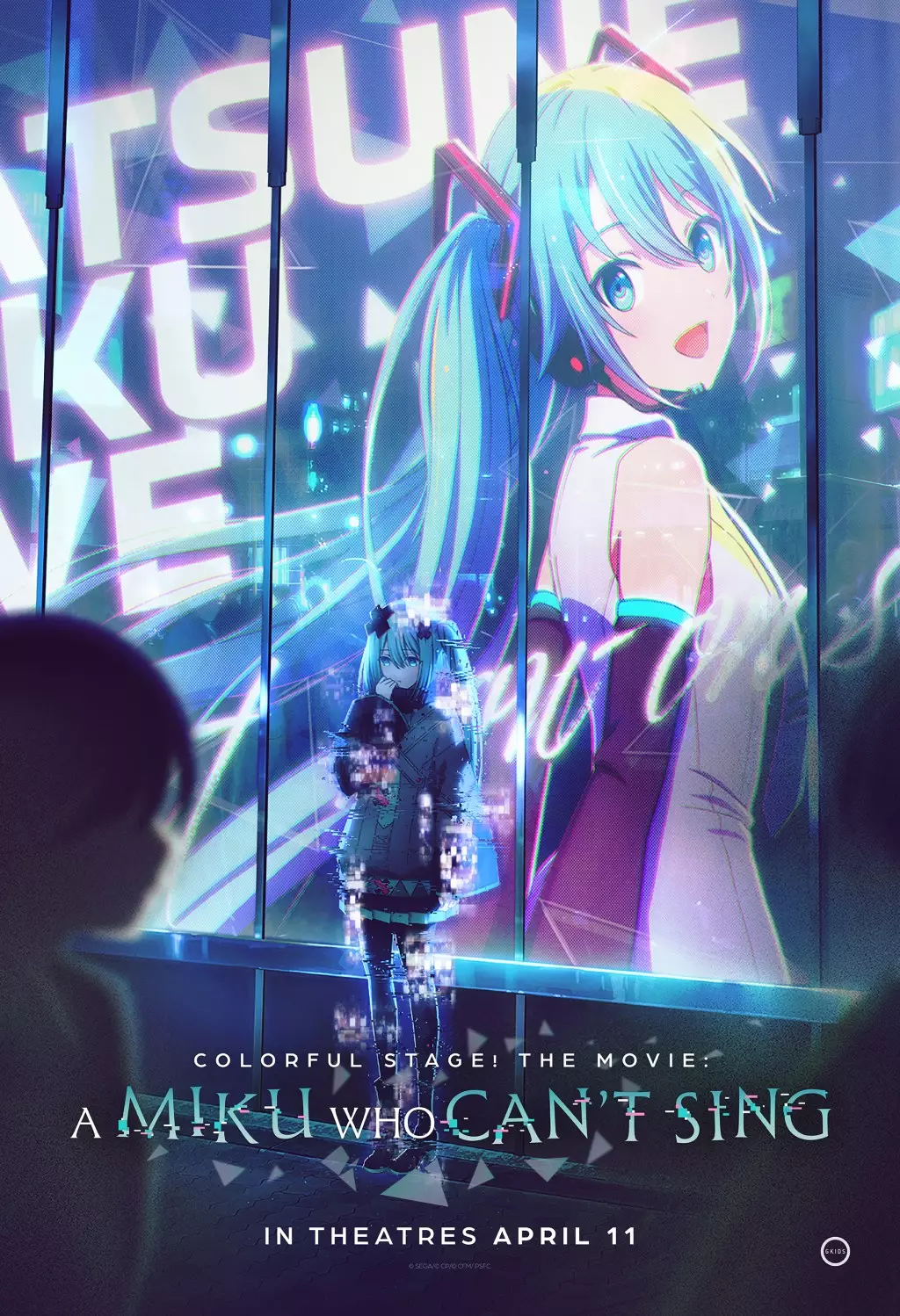Easter weekend is historically significant for film audiences, but this year particularly spotlighted the growing influence of faith-based cinema. Films like Angel Studios’ *The King Of Kings*, which grossed an impressive $17.3 million in its second week, are flourishing in a space typically dominated by conventional indie productions. This success, with a cumulative total of $45.3 million, signals a shift where faith narratives are not just niche but have become mainstream crowd-pullers. In an era where many secular films are struggling to connect deeply with audiences, the profitability of religious-themed cinema raises critical questions about artistic integrity and audience engagement strategies.
The Diminished Role of Traditional Indies
In stark contrast, traditional independent films are languishing. Consider *The Wedding Banquet*, a reinterpretation of Ang Lee’s 1993 classic, which could only manage a paltry $922.9k from 1,142 screens. The disparity is jarring and compels us to analyze the deeper landscape of indie filmmaking. Are these traditional filmmakers out of touch with what resonates with contemporary audiences? They seem content to craft intimate, character-driven narratives, yet they lack the ability to captivate broader demographics. In a climate where faith-based stories are thriving, are these artists neglecting a chance to explore universal themes that could bridge the gap between personal and communal storytelling?
Anime’s Ascendance
Another intriguing player in this weekend’s box office was the anime film *Colorful Stage! The Movie: A Miku Who Can’t Sing*, which opened to $2.76 million across 800 screens. The success of this and similar anime films reflects a cultural shift where non-Western narratives resonate with American audiences. Here lies a powerful revelation: while many independent films flounder under the weight of heavy dialogue and existential angst, anime captures attention with vibrant visuals and captivating plots that deal with youth struggles universally. Should filmmakers in the indie sector be taking notes? The competition is not merely against fellow independents but an entire international narrative landscape, one that is proving to be both refreshing and profitable.
Market Saturation and the Challenge for Newcomers
The sheer number of films vying for viewers’ attention presents another hurdle. With established films like *Pride & Prejudice* reasserting their presence, newer entrants face overwhelming odds. This is not an environment conducive to risk-taking—the box office analysis reveals a cluttered market where unique stories often get lost in the noise. The upcoming releases must navigate this landscape delicately, strategizing not just on content but on audience engagement and marketing effectiveness.
Box Office Trends that Challenge Conventional Logic
Lastly, it raises the question of how box office success is now defined. With the recent performance of films that are derivative or adaptations, one must question whether originality still holds weight in today’s cinematic environment. The alarming trend of audiences gravitating toward sequels and reboots at the expense of fresh storytelling suggests a waning appetite for bold narratives. In this atmosphere, the necessity to produce art that not only entertains but invokes thought becomes ever more pressing. The independent cinema world must take this opportunity to recalibrate, discovering ways to innovate and engage, before it’s too late. It’s a challenging time, but it may very well be a pivotal moment for the future of film.

